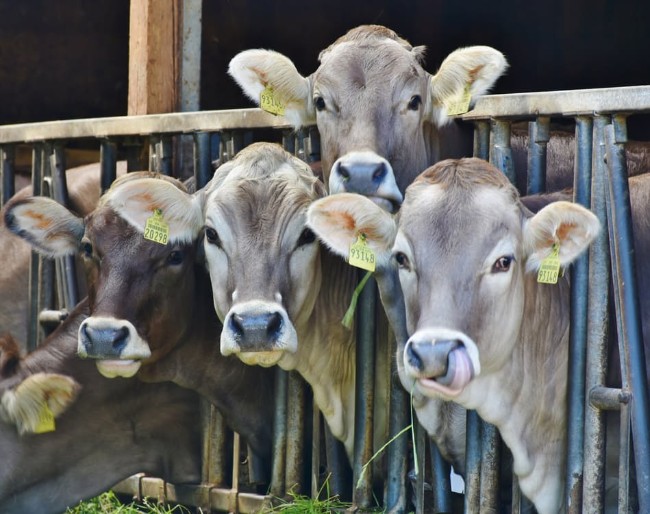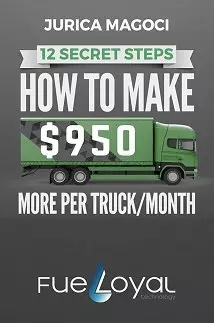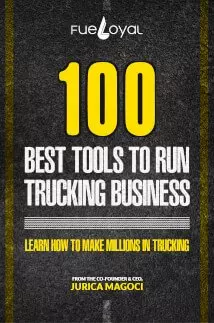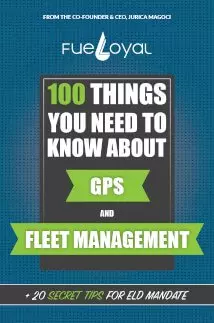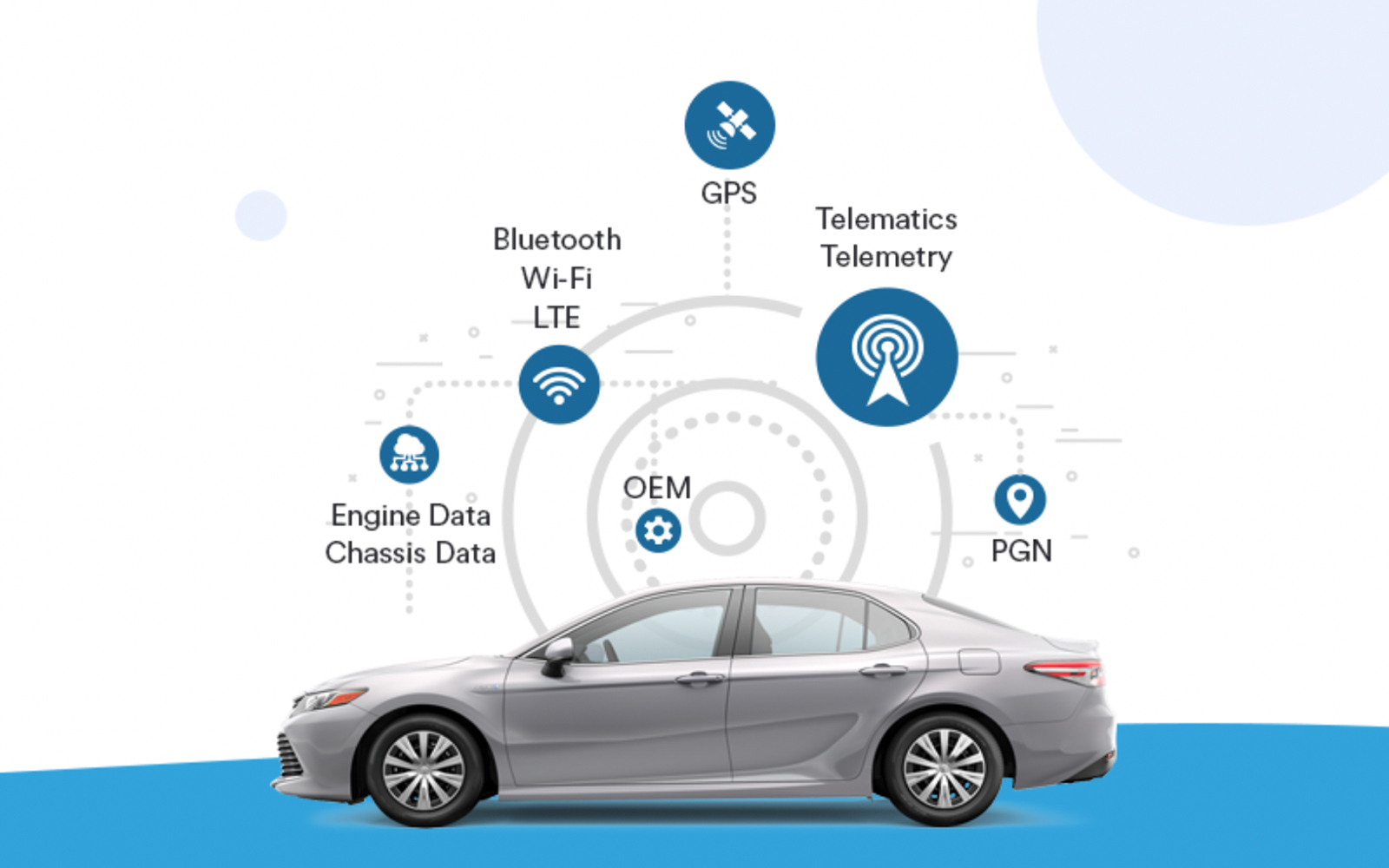Cattle transportation is just one of the many commodities that get send across the nation every day. In fact billions upon billions of dollars’ worth of freight is moved along every year.
This can be done by shipping containers, on flatbeds, box trucks, and livestock trailers, like those used for cattle transportation.
There are numerous means for getting freight transported from one place to another. These can be from ship to port (typically overseas imports). In certain areas river barges can be seen loaded with cargo.
Air transportation is common, especially with smaller packages and overseas imports. One of the more common is the use of the rail system (companies like Union Pacific and Burlington Northern).
Then of course we have what is probably the most thought of, – the big rigs dragging trailers on America’s highways.
But there are other ways; now with the new technology and fancy gadgets, drones are becoming a new form of package delivery service.
Regardless the means used, getting freight from producer to market is important, I will even say it’s crucial. It really doesn’t matter what is being transported.
